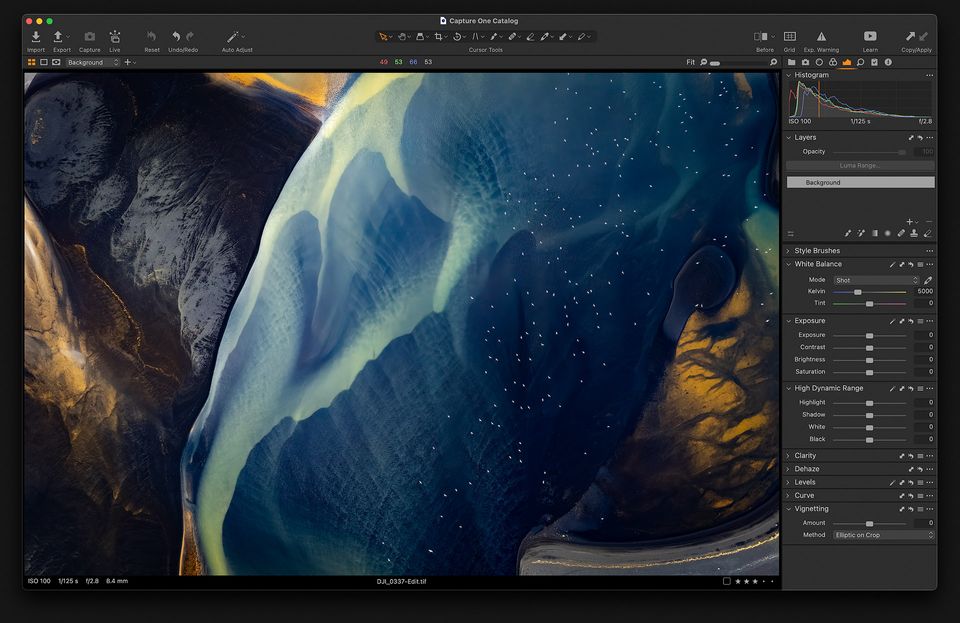
Am I still using Capture One?
I've received a number of emails and comments about Capture One, for a couple of years ago I was an enthusiastic "switcher" from Adobe Lightroom Classic after years of editing raw images using the latter. I also produced a number of videos about Capture One; touting its fantastic raw photo processing capabilities and unique features.
But then about ten months ago, I stopped; leaving some photographers who subscribe to my YouTube channel questioning what happened.
Well, here's the story.
My last video about Capture One was a review of version 22. This was the update that added two long-awaited features: HDR and panoramic image stitching. I had been looking forward to this update, for HDR and panos were one of the main reasons why I would return to Lightroom Classic to edit images.
Unfortunately, I found Capture One's new features to be hit or miss. Sometimes Capture One's HDR and pano tools worked great, but more often than not, composite images contained strange repeating patterns and glitches; typically in areas containing movement (eg, water or trees shifting in the wind). In landscape photography, these things happen quite often, and Lightroom's HDR tool almost always produced better results in comparison.
But what really pushed me over the edge was Adobe's revamp of Lightroom and ACR's local adjustment tools.
Back in late 2021, Adobe made Lightroom and ACR's linear gradient, radial gradient, and brush tools far more powerful and sophisticated. So much so, some of the editing I had been previously doing in Photoshop (using luminosity masks) could now be handled in Lightroom as part of a non-destructive raw editing workflow. For me, this was a huge and powerful change that offered real, tangible results in my photo editing workflow.
But I still think Capture One is better than Lightroom at certain things.
Capture One has better raw demosaicing and camera profiles for Canon. The Adobe Standard and Adobe Color profiles (in Lightroom and ACR) are inferior by comparison. I don't know what kind of magic Capture One is doing underneath the hood, but images from my EOS R5 and R6 always look better out of the box in Capture One compared to Lightroom.
I also love Capture One's multi-image editing capabilities, where two or more images may be viewed and edited simultaneously. It's a fantastic feature that goes a long way towards better image consistency; especially when editing a collection of images that will be viewed together.
Capture One also does a better job when editing highlights, and its remote tethering functionality is still one of the best reasons to own the app (especially when used wirelessly with the EOS R5).
Truth is, there will always be differences (some small, some large) between Capture One, Lightroom, and other raw photo editors. One editor will always have some features that are better than the competition. The best editor then, in my opinion, is the one that best suits your needs and does a great job with the functionality you most commonly use.
And for me, right now, that editor is Adobe Lightroom Classic. I still edit images from time to time in Capture One, but I'm now using Lightroom more, which is why Lightroom has played a more prominent role in my videos and articles of late.


